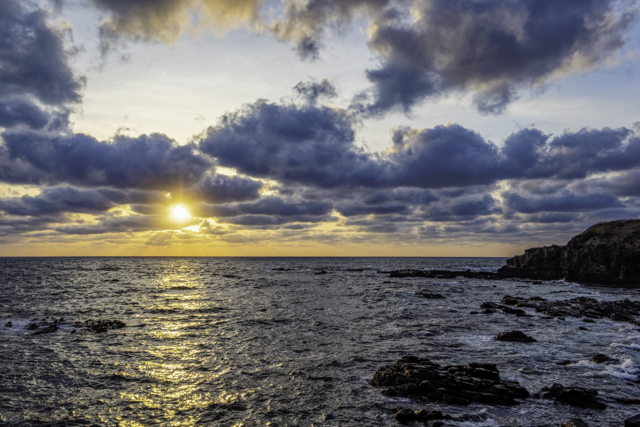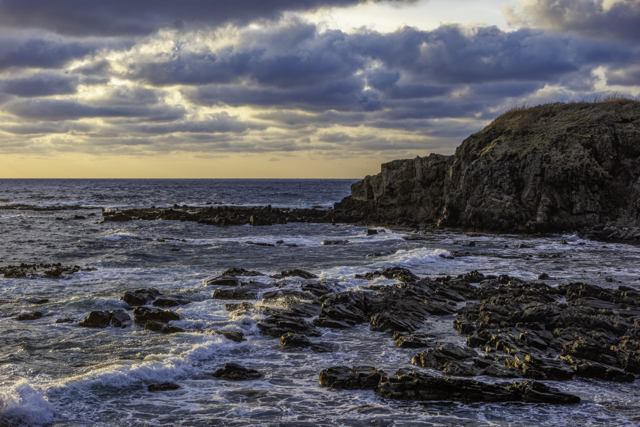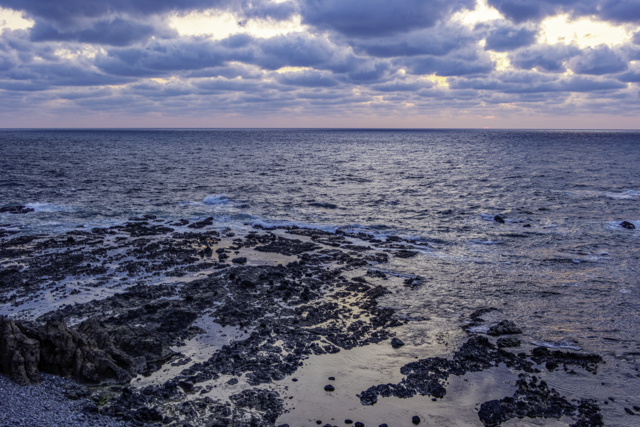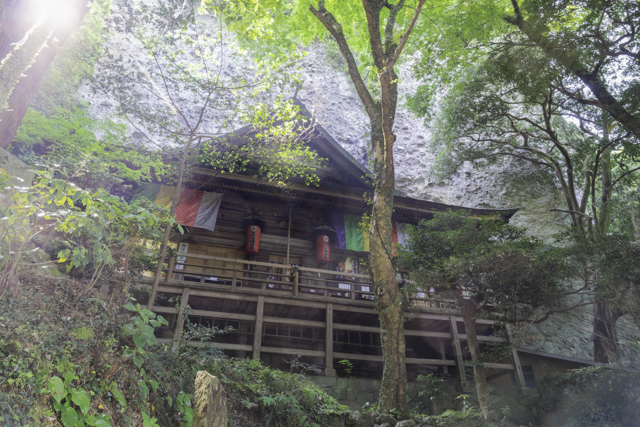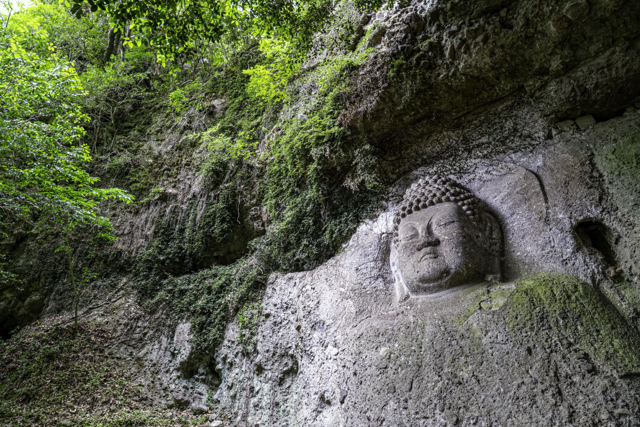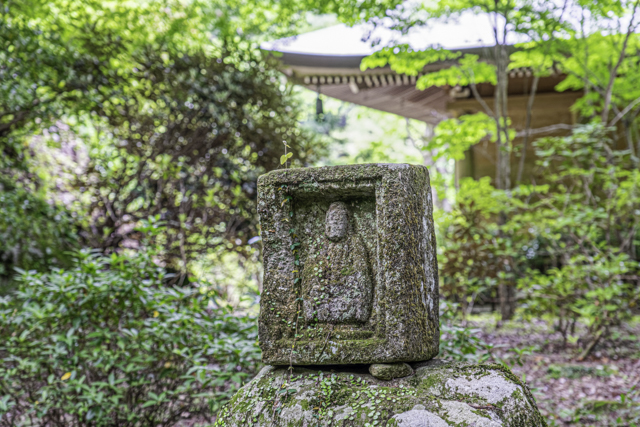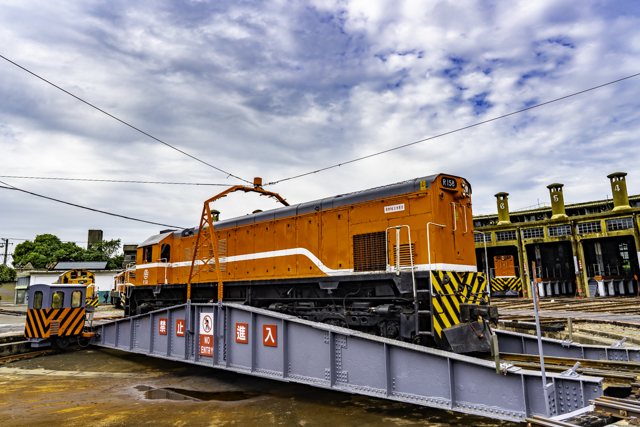
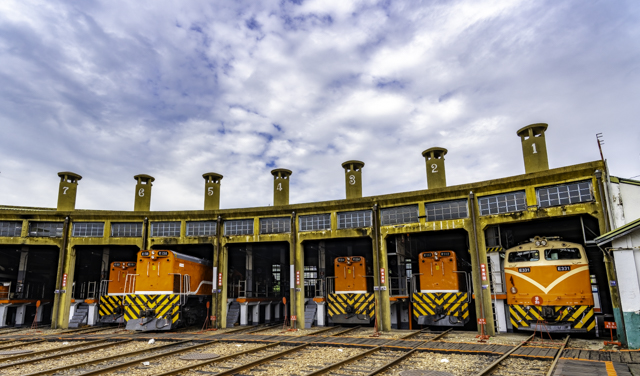
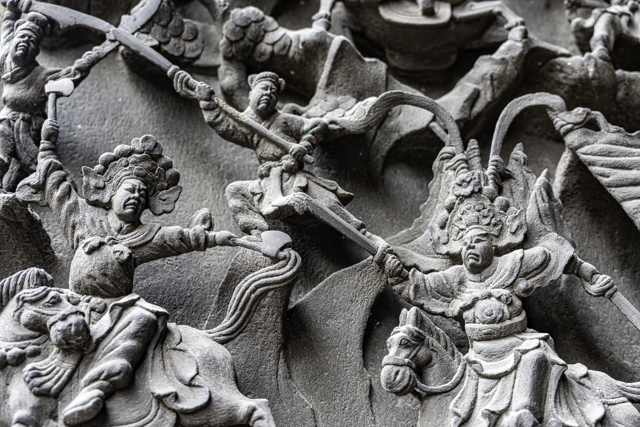
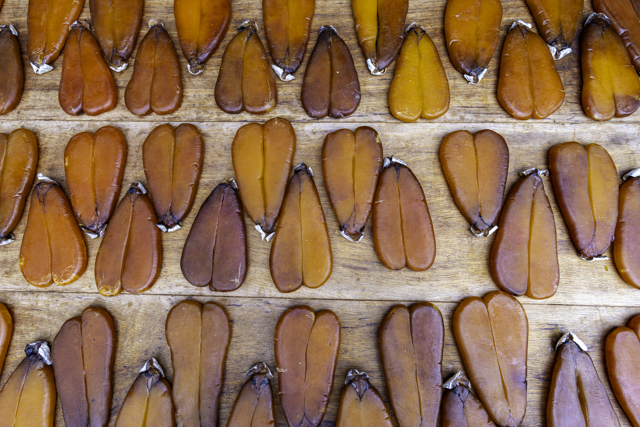
In my carrier as an office worker, I have always worked at the end and the beginning of the month, especially from the end of December to the beginning of January due to the accounting closure. However, the situation has changed since last year, and I finally had a completely normal holidays with Japanese calendar.
After returning from last year’s summer vacation, I looked at calendar and noticed that I would have a long holiday, from the end of December to January 5. Even though it was a long vacation time, it was also the time of the year when airline tickets were expensive. Yet, if I laze around home for more than a week, I will get moldy. End of the day, there was no choice but to go somewhere.
I looked around airline tickets and noticed that Taipei was relatively inexpensive. It was about half the price of to Bangkok and Singapore, and about 30% lower than Hong Kong. Naturally, they may be due to differences of flight distances, but it could also be a difference in warmth, as Hawaii and Australia routes were very expensive.
I often use a website named Weather Spark to check weather trends of travel destinations, and it shows Taipei has maximum temperature of about 20 degrees Celsius in beginning of January. Not bad compared to Tokyo in winter, but perhaps a little warmer would be better. If I go to the southern part of Taiwan, maximum temperature in Kaohsiung is around 25 degrees Celsius and its weather is sunny. This is probably one of the best places in terms of climate.
I was not much interested in Kaohsiung, the main city in southern Taiwan, but I have found a nearby seaside town called Fangliao, where I decided to use as a base for my stay in southern Taiwan. Also, there was an old town called Lukang in central Taiwan, so I chose there as our second destination.
Since Taiwan has main long holiday during the Lunar New Year, if I avoid New Year’s Day, I should be able to enjoy Taiwan as usual manner. I planned a four-night schedule, departing on January 1 and returning in the evening of January 5.
I gave up the flight from Taipei Songshan Airport to Tokyo Haneda Airport for the return flight, which coincided with very peak season, and compromised on the flight from Taipei Taoyuan Airport to Tokyo Narita Airport instead. Even after taking the airfare and 4-night hotel stay into account, somehow the cost was almost the same as the airfare alone when I visited Taiwan last spring.
It could be a bit of a hassle to get back to Yokohama from Narita Airport. On the other hand, I can get off Taiwan High Speed Rail (THSR) at Taoyuan Station, airport access is relatively easy in Taiwan. Considering the price difference, it was not a bad compromise. Without much to think, I booked the airline ticket.
Although the weather was statistically good, as usual, actual weather during the stay was the biggest problem. I had planned to see a spectacular view of the Pacific Ocean at Fangliao, but the forecast was rain. The weather on January 2, the day after my arrival, was forecasted to be the worst, but it was supposed to gradually improve. I cancelled hotel in Lukang at the last minute and decided to extend the stay in Fangliao until the last day.
I arrived at Songshan Airport in Taipei before noon on New Year’s Day. I then took the subway to Taipei Station for THSR, then connected to Taiwan Railways to Fangliao. Fangliao is a medium-sized fishing town about an hour from Kaohsiung by express, famous for its mango. I was not confident that I could make it through a rainy day in this town.
When I looked at the Taiwan weather forecast for the next day, it looked like the weather would not be too bad if I went north to Taichung area. The positive forecast called for clear skies, and the negative forecast said cloudy. On the other hand, in the south, including Kaohsiung, all forecasts showed rain.
It seemed foolish going back to near Taichung after having just come south from Taipei. However, I decided to go to Lukang, where was in my original plan, and secured tickets late at night. Since I had never ridden Taiwan Railway express trains before, I decided to take the express trains from Fangliao and back.
To get to Lukang, I needed to take a bus from Changhua, a city located south of Taichung. There is a fan-shaped locomotive depot in Changhua, where is open to the public. Although I arrived 10 minutes early, I was allowed to enter with Taiwanese generosity. Even though it was a weekday, there were a good number of people there, so it was good for me to get there early to take pictures. There happened to be a locomotive changeover using the turntable, so I was there for only about 30 minutes, but enjoyed immensely.
I went back to Changhua Station and tried to take a bus from the bus terminal in front of the station. The bus was too generous. When a bus arrived at departure time, the crew started to take a break. Then the bus finally started moving, it went back to the bus terminal to pick up a regular passenger. From there, the bus drove like a go-kart. When I finally got off the bus at Lukang, I saw a taxi with the Uber logo on it and I decided to take Uber on the way back.
I enjoyed old temples and alleys at Lukang. The weather was not exactly sunny, but there were slight blue skies from time to time. Since I was taking a taxi on my return, I was able to stay a little longer. The Lukang Longshan Temple was amazing, and I decided to revisit in the evening when there were fewer people. From that time on, I had been checking on Uber app, and both private vehicles and taxis seemed to be available within 5-10 minutes or so.
Once I was quite satisfied, I tried calling a car by Uber but it did not match at all. I went out to the street to look for a taxi while waited for Uber to match, but no taxi came either. In despair, I headed for the bus stop. At this point, I was sure I would miss the Taiwan Railways express train on return trip.
When I arrived at the bus stop, the timetable showed the bus would be arriving in 10 minutes. This would allow me to catch the next express train. However, same as before, the bus did not come. It was the third stop on the bus route, but the bus was arrived about 20 minutes late. In the end, I could not catch the 2nd express either. I had to take an ordinary train to THSR Taichung and then take the bullet train. It was expensive but unavoidable.
I was able to get a “missed train proof” at Xin Zuoying Station, where I transferred from THSR to Taiwan Railway, and was able to have a seat on the rapid train back to Fangliao. THSR was very effective, overtaking the missed 2nd express train on its way, and I ended up arriving at Fangliao only 30 minutes late from the original plan.
All’s well that ends well.

